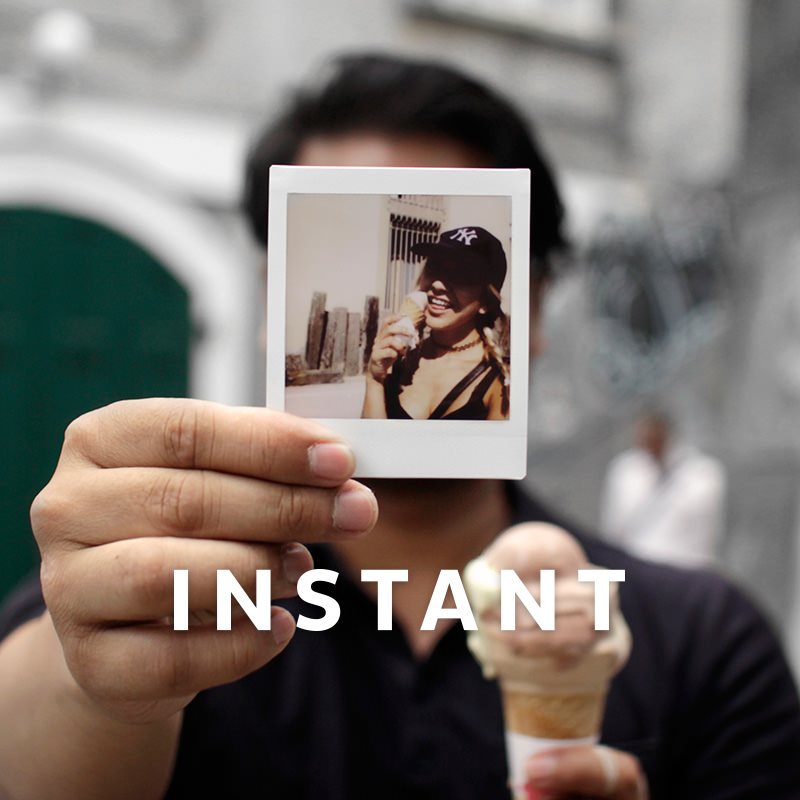A Gallery of Memories, a Collection of Souvenirs
6 Share TweetMemory is a mystery. We don’t choose to remember but we do, and these memories surround us more than we know. The photos on our walls, the snow globes on our shelves, the chains on our keys, the mugs in our kitchens – these are all remnants of the past that we carry with us every day. The symbols, words, and figures of memorabilia can also encapsulate the history of a place and they cement an individual’s milestones as well. Memory is a reminder, and souvenirs are its embodiment.
Commonly, we treat ourselves to a souvenir when we’ve gone far both literally and figuratively. Traveling is a privilege that, regardless of our reasons for doing so, always ends up teaching us a lot about ourselves. What’s usually seen as a relaxing venture is actually filled with never-ending challenges – some of these being the inability to speak or understand a language, the difficulty to make sense of directions and transportation, and the need to adapt to new time zones.
Homesickness is another trial of strength when we’re away. Everything unfamiliar reminds us of something familiar. We compare how things are to how things were, and there is a beautifully sentimental realization that it is when we’re far from home that we feel at home the most. We immerse ourselves in other cultures, and simultaneously understand our own.
Each day spent on foreign land, we learn how we creatively solve problems and interact with people from other backgrounds. At the end of each trip, there’s a voice in your head telling you that you did it! It’s a surreal feeling, one that is truly worth remembering. We never leave our country and come back the same person, for our experiences in crossing cultures become vessels of transformation. In one way or another, we end our travels feeling inspired. Though the chapter has closed, it never actually ends because this inspiration can impact something bigger than ourselves – like art.
“The virtues of cross-culturalism? Cross-pollination, the creation of new nuances, extended sensibilities. Invigoration of one’s own tradition by taking a holiday in another. Humility in the presence of other cultures, understanding and respect for alternative ways of approaching life. And the invaluable sense of distance in seeing – albeit briefly – the exotic as commonplace and oneself and one’s beliefs and being, after all, alien.” –Henry Steiner
Case in point: the Father of Hong Kong Design is Viennese. Despite the newness of the industry, Henry Steiner studied graphic design at Yale University in 1956. Five years passed and he found himself embarking on a work adventure across the world, Hong Kong to be exact, and what was meant to last for nine months turned into more than 60 years of graphic design excellence.
Instead of focusing on feeling out of place, Henry Steiner embraced the mixture of cultures running through his veins, because it is these unforeseen combinations that tell us how much more we have left to explore. And explore he did! He channeled his cross-cultural identity and poured it into his works, which we can now find in everything from banknotes, to posters, and cameras.
Our newest special edition of the Lomo’Instant Automat is adorned with Henry Steiner’s remarkable work for the 2008 Hong Kong Vienna Opera Ball, whose design was inspired by Austrian painter Gustav Klimt and Chinese poet Li Bai. It is an overall celebration of cultural symbiosis, taking different parts of two cultures to form a harmonious whole.
Instant photos are instant souvenirs where nothing is edited and nothing is processed. They are not images that you can take a hundred versions of, which makes them as rare as your experiences and as special as the places you visit. Instant photography is also a direct link to times that have preceded us, having been used to commemorate travels since it was introduced more than seven decades ago. It is part of its own culture called photography, too.
When you find yourself in a situation you’ll eventually want to look back on, you subconsciously reach for your camera. Once the picture is printed on the film, the moment becomes engraved in your memory. And from then on, you have something tangible that no one else has, understands the importance of, or sees the emotions as well as you do. You feel safe and unafraid at the same time, carrying the photos as you travel for miles.
Souvenirs are not meant to take up space and collect dust, but to transport us to a time when we were blessed and brave enough to travel to a new place. They are evidence of the challenges we have overcome and it is these little things – whether a spoon, a postcard, or a picture – that remind us how much life we have left to live. They show that we once disconnected from our home to reconnect with the rest of the world. When we go elsewhere, near or far, we replace cultural barriers with bridges and conflict with connection.
Where you are a tourist, someone is a local. And where you are a local, someone is a tourist. We are never alone no matter where we come from; in fact there may be two people from opposite ends of the earth who are in the same souvenir shop right now, wanting to remember that their feet have walked unknown roads. It is through these souvenirs that each of us feel like we belong – that we are all different, and that’s what makes us all the same.
Do you have souvenir collections of your own? Why do you choose to collect them?
written by kylavillena on 2024-06-19 #gear #culture #travel #gallery #souvenirs #community #lomo-instant-automat #henry-steiner























































No Comments